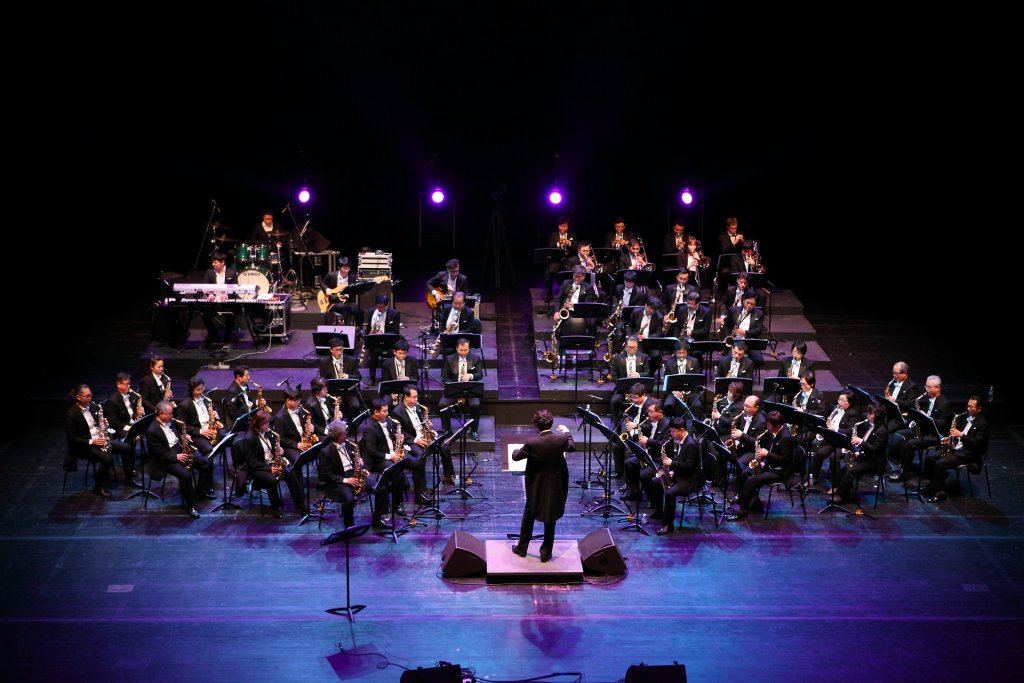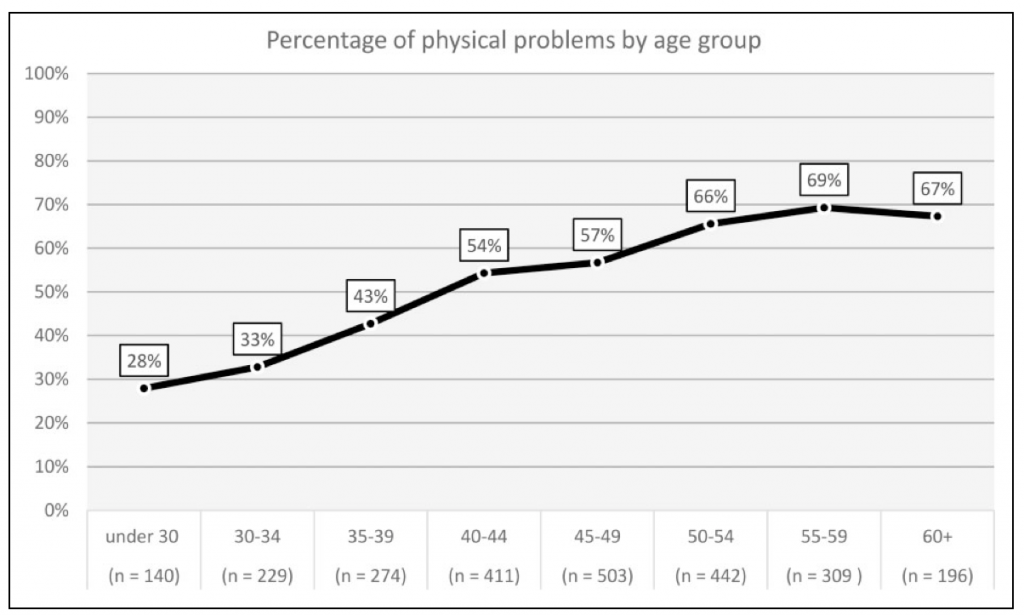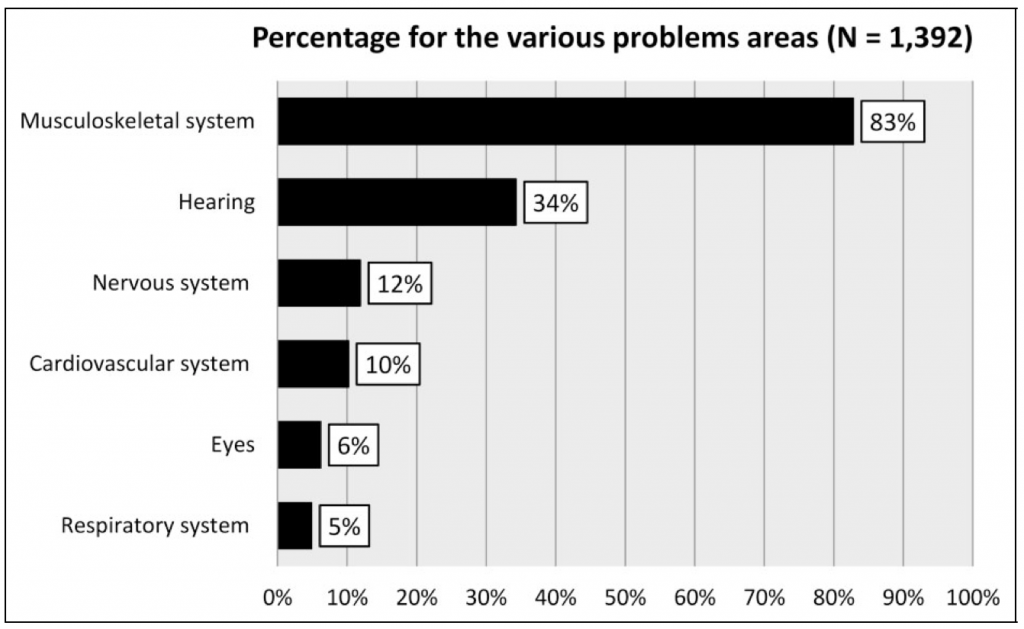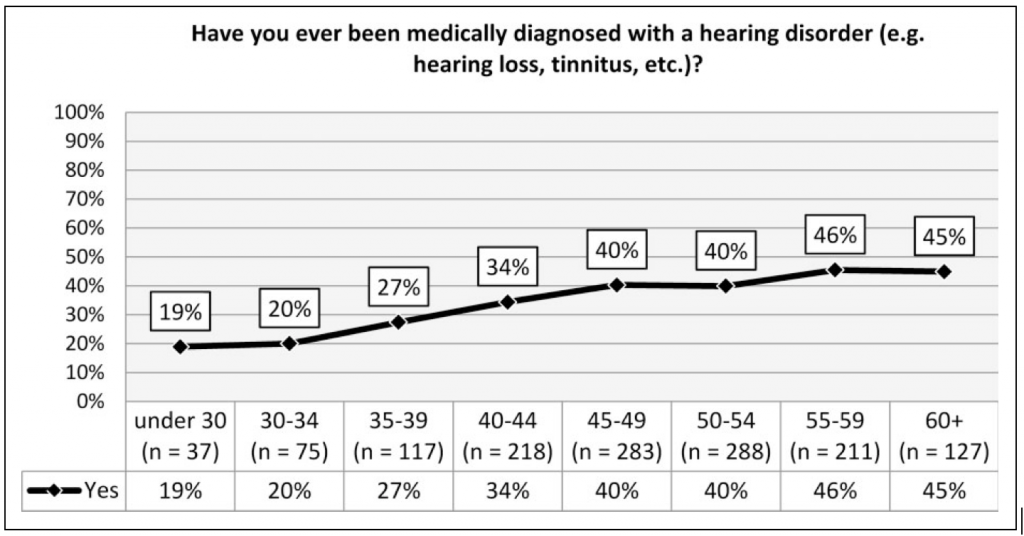Noisy Notes: Orchestra Players and Hearing Loss

Hearing loss in orchestra players is not a new problem. It has been acknowledged and discussed for many years by many researchers.1 Results can be variable: some authors have been able to document the existence of significant loss of hearing among musicians, while for other studies, the loss may be less. One thing everybody agrees upon, is that many other musicians (such as rock, hard metal, etc) do suffer some degree of hearing loss.
Results from a very large study involving health related aspects on 2,536 musicians from 133 professional symphony orchestras in Germany have recently been published2. The effects under study were not only physical but also psychological in nature and were examined taking into account age, length of playing, type of instrument, etc. Among the physical problems, the authors focused into playing-related musculoskeletal disorders and hearing loss.
The research was conducted using questionnaires, organized into seven sections:
- general demographic information (age, gender, etc.);
- current employment (instrument, type of orchestra, position, etc.);
- the pros and cons of playing in an orchestra (questions about job satisfaction, perceived performance, pressure to perform, stage fright, etc. and how these change over time);
- health aspects (questions about physical problems health care, etc.);
- crises and conflicts (professional difficulties, personal relationships within the orchestra, managing stress, etc.);
- getting older (perceptions of one’s age, declining performance as a result of aging and how to cope with this, attitudes to age and aging, etc.); and
- retirement (attitudes towards retirement and part-time work).
In this article we will present only results regarding hearing loss, although, no doubts, the rest of the paper presents a wealth of information regarding other aspects related to health in the orchestra. The study was performed using questionnaires only and no measurements were performed at all.
Results
- Problems in general:
Figure 1 shows the frequency of physical problems by age group. Two conclusions are evident from the figure: 50% of the interviewed claimed health problems after the age of 40, and this percentage increases with age, reaching close to 70% after age 60.

Figure 1. Frequency of physical problems by age group.
- Hearing loss compared to other problems:
Figure 2 shows the concern of hearing loss with respect to the rest of the six issues being examined by the researchers. It is listed as second, with 34% of the respondents being affected.

Figure 2. Frequency of problems in different physical areas.
- Diagnosis:
Figure 3 shows percent of respondents that have been diagnosed with hearing disorders. (There are no details regarding how a hearing disorder has been identified or defined). As mentioned above, no measurements have been taken: data are extracted from questionnaires’ answers). About a fifth (19%) of musicians under the age of 30 said they had already been diagnosed with hearing disorders such as hearing loss and tinnitus. The number of people with hearing problems increased considerably with age, reaching 45–46% in the over-55 age-group. 74% of the answers considered that the losses were work related, while 41% thought that they were age related.

Figure 3. Diagnosed hearing disorders by age-group.
References
- Alberto Behar, Willy Wong, Hans Kunov: Risk of Hearing Loss in Orchestra Musicians: Review of the Literature. Medical Problems of Performing Artists: Volume 21 Number 4: Page 164 (December 2006)
- Heiner Gembris, Andreas Heye and Andreas Seifert: Health problems of orchestral musicians from a life-span perspective: Results of a large-scale study. Music & Science, Volume 1: 1–20, 2018

